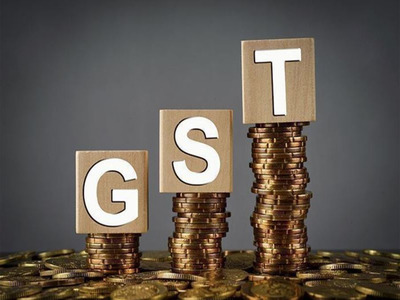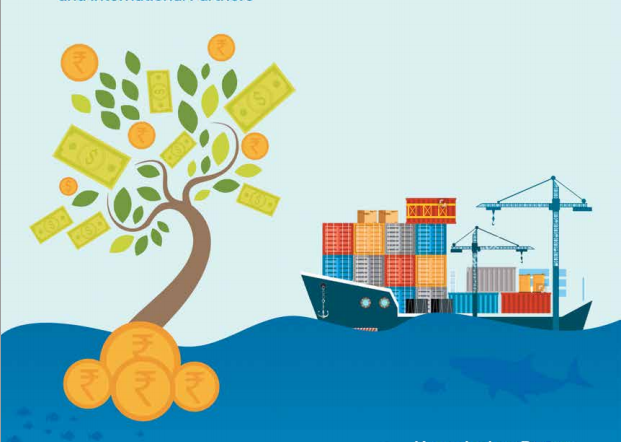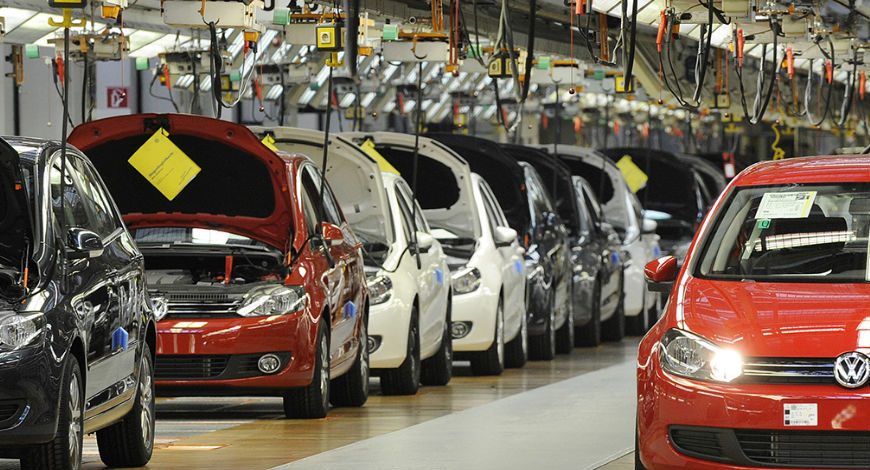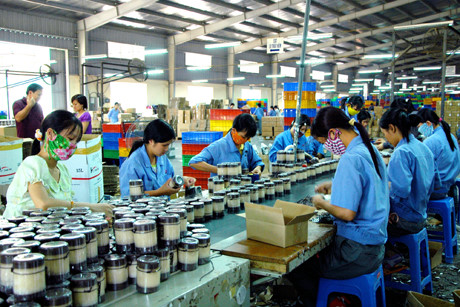The farm produce will now be more competitive and attractive for processed food manufacturers and the final product will be a preferred one over imported food product. This proactive move will have a long-term effect towards achieving sustainability goals through natural farming practices too.
The GST (Goods & Sales Tax) rationalisation announced recently by GST council of Government of India is a positive and progressive step towards benefit of common people, especially those staying in rural and semi-urban areas. One of the important essences of such step is to boost the consumption of goods and materials as well as to increase the production of goods, machinery and food materials. The tax slab is decreased for most of the items used in production as well as in consumption side, providing an economically favourable situation to people staying in rural and urban places particularly. All these tax revisions will be effective from 22nd, September, 2025.
Majority of people staying in these areas depend on farm agriculture and allied activities. For performing these activities, they require farm machineries, equipment, irrigation systems, diesel engines, fertiliser & pesticides etc at affordable price with timely availability. In recent GST rate revision, the tax slab has been reduced from 12% to 5% for items like farm tractors, sprinkler & drip irrigation equipment, tractor drawn implements and trolley, harvesting machines, hand-pull or animal-drawn carts etc. As per the statement issued by Anish Shah, Group CEO and MD of Mahindra & Mahindra, tractor prices may drop up to Rs 60,000 per unit depending on horse power of tractor.
Similarly, GST rate slab was reduced from 18% to 5% for items like tractor tyres & tubes, hydraulic pump for tractors, tractor parts & wheel rim, all engine parts, radiator, silencer etc. Similarly, GST rate was reduced from 18% to 5% slab on key raw materials like Sulphuric acid, nitric acid and ammonia used for production of fertiliser, thereby reducing the ultimate price of final fertiliser product. GST on bio-pesticides (including neem-based) and micro-nutrients has been reduced from existing 12% to 5% which will reduce the input cost and drive towards sustainable growth by encouraging organic farming. Dairy and shrimp sector will also be benefited and get a cushion against the import tariff imposed recently by USA. All these benefits will boost farm mechanisation to make agriculture more competitive, sustainable, less labour oriented and cost efficient. Farmers can save money in purchasing of agricultural inputs and can invest in procuring machineries and equipment for more productivity. Moreover, this initiative will stimulate for fulfilling the larger vision of “Aatmanirbhar Bharat” and will be a boon for rural and semi-urban population depending mostly on agriculture.
On the other hand, reduction of taxes on fast moving consumer goods (FMCG) from 12 to 5% will be a game changer for lower and middle-class buyers staying in rural and semi urban areas. They will save a lot on purchase of their monthly requirement of staple foods, soap, shampoo, biscuits, dairy products and other daily use materials. Similarly, GST rate on consumer durables like air conditioner, refrigerator, television, washing machine etc will be lower due to reduction in tax from 28% to 18%. Consumption of such items will increase and quality of life of users in rural and semi-urban area will improve. FMCG manufacturers hope that many essential daily use products will be affordable and consumer friendly. Welcoming this move of tax reduction, Manish Bandlish, MD of “Mother Dairy” said that many value-added dairy products will now be accessible and affordable for customers particularly staying in rural market. “Marico” MD and CEO, Sougat Gupta opined on this reform to accelerate market consumption and to increase the production efficiency so far as depth & width of the distribution and price reduction are concerned.
This GST reform has brought long-awaited relief to 4.5 lakh distributors and 13 million retailers working in FMCG trade who now hope for more business and with less working capital blockage. This reform will strengthen the consumer economy with 8 to 10 percent expected growth in consumption. People staying in rural and semi-urban areas are predominantly small and medium farmers who enjoys double benefit from both the production and the consumption side. They will be delighted to save money from purchase of farm machinery, fertilisers, allied equipment & accessories at lower price. On the other hand, their consumption basket also costs lower than before in current tax regime. It is just like a double benefit and a boon to them.
On the whole, the GST rationalisation in agriculture sector is farmer-friendly with potential to increase farm productivity with reduced cost. The farm produce will now be more competitive and attractive for processed food manufacturers and the final product will be a preferred one over imported food product. This proactive move will have a long-term effect towards achieving sustainability goals through natural farming practices too. In a nut shell, this GST revision will have positive impact in future ensuring environmental health, economic profitability and social equity.
 Indian Industry Plus A Pratisrutiplus Suppliment
Indian Industry Plus A Pratisrutiplus Suppliment
















